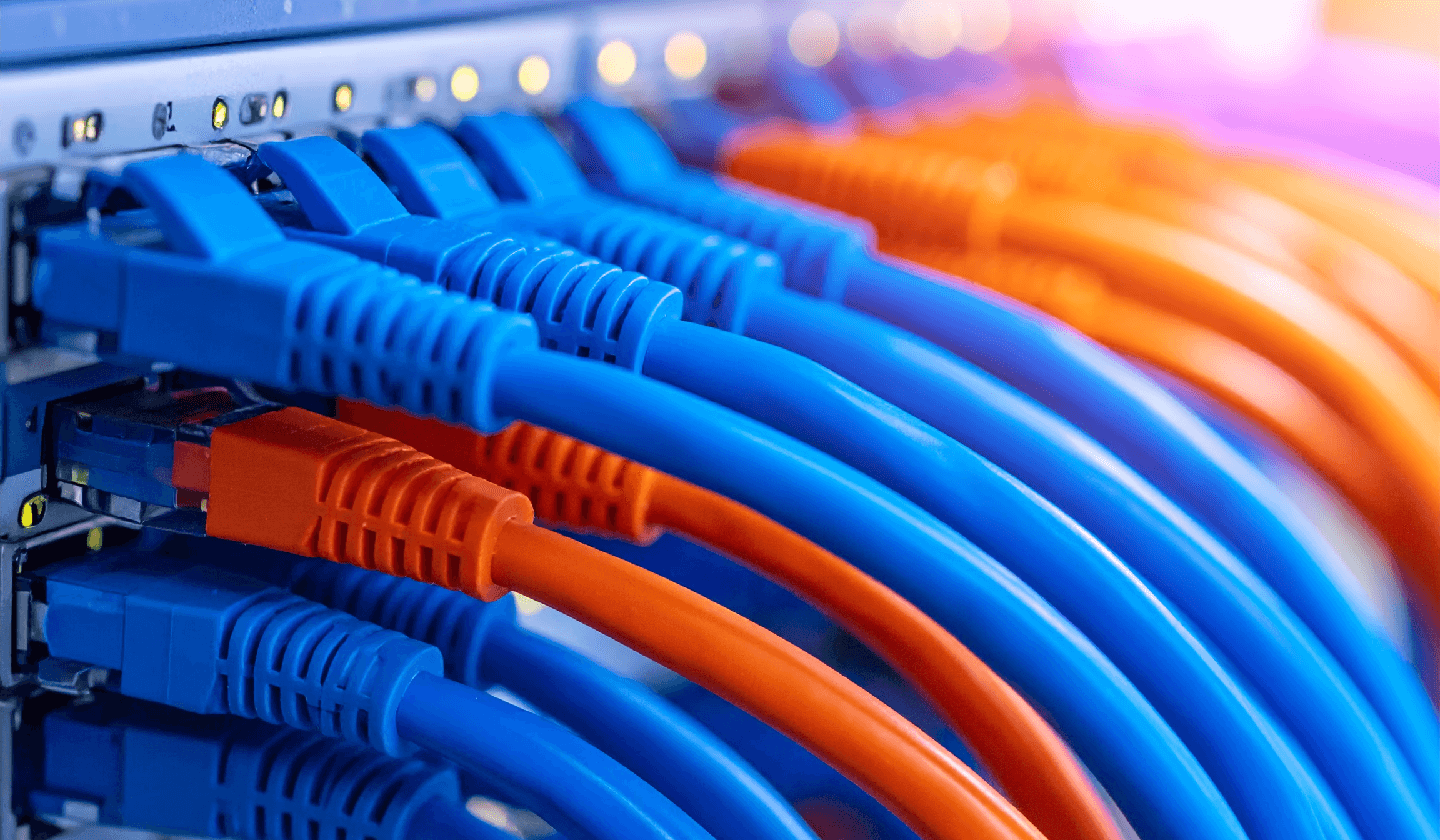Converged Networks
Why converged networks are the unsung heroes of seamless live events.
Has anyone else wrestled with tangled cables or battled bandwidth issues at an event? If you have, please share your story.
Events can be unforgettable, for the right reasons, but only if they run without a hitch. As they become more tech-dependent, our delivery choices matter more than ever.
I’ve been backstage at major live events more times than I can count – dodging forklifts, chasing signal drops, watching five vendors run five different network cables, all trying not to trip over each other – and every time, I ask myself: why are we still doing it this way?
Live events have moved forward. The tech has, too. But too often, network strategy hasn’t. Broadcast, streaming, media, IPTV, scoring, signage, access control, security, CCTV, lighting, audio, LED screens… are all competing for bandwidth and space. It’s fragmented, expensive, and risky.

After years on the event delivery side of the budget, I know the cold sweats that come with overwhelming network options and costs.
Simplifying this while still delivering a seamless event takes real innovation and a full understanding of what every stakeholder needs – that’s why we’ve been able to apply a smarter solution: a true converged network.
It’s a scalable backbone for every function that has reliability, stability, flexibility… and affordability:
Here’s what digital surface migration unlocks:
- Redundant, cloud-managed infrastructure
- Real-time bandwidth control
- Remote engineering support
- Mid-show flexibility without the stress
- Data to drive smarter operations & fan engagement
We’ve delivered this under pressure: tight timelines, limited resources, high expectations. But when it’s done right, the results are clear – smoother experiences, fewer failures, and a lot less (late-night) chaos, and we all know we could do with less of that!
